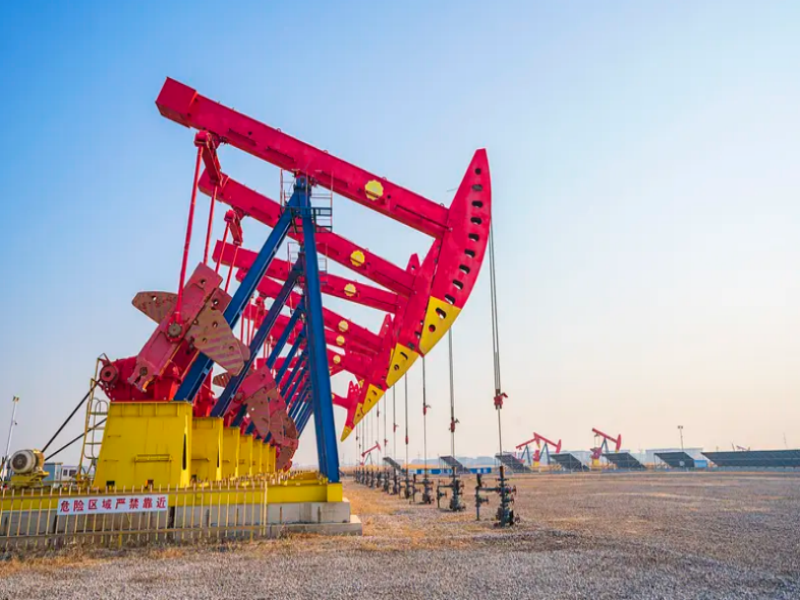Dongsheng Petroleum is a company with a standardized production workshop of 12,000 square meters and an annual production of more than 20,000 sets of various types of oil pumps and special oil pumps. It not only provides qualified equipment for PetroChina and Sinopec for a long time, but it is also one of the few domestic enterprises that have passed ISO9001 quality management system certification and API11AX special certification at the same time. Relying on a number of independent patented technologies and a perfect quality inspection system covering a number of testing items, Dongsheng Petroleum has created a rod pump product matrix covering all working conditions such as conventional wells, medium and high viscosity wells, and deep wells.
Dongsheng core rod pump products:
As the “main force” of conventional oil wells, RWA rod pumps are designed and manufactured in strict accordance with API 11AX standards. In view of ordinary downhole corrosion and wear problems, this series adopts an improved rod-column transmission structure to reduce friction loss by 15%. At the same time, it is equipped with stainless steel valve covers and nitrile rubber seals to greatly improve anti-corrosion and wear resistance.In the practical application of conventional oil wells, RWA APl insert Pump has an average trouble-free operating cycle of 8 months, which is 2 months longer than similar products, and the annual production scale is stable at 2,000 units. It is the preferred equipment that takes into account efficiency and economy.

Facing the problem of poor fluid fluidity and easy clogging of medium and high viscosity oil and gas wells, the RWB APl insert Pump developed by Dongsheng Petroleum takes the API standard as the core technology and innovatively adopts a two-seat sealing valve group structure, which improves the sealing performance by 30%. At the same time, the suction caliber is expanded and the flow channel design is improved, so that the suction efficiency of viscous media is increased by 25%. More importantly, this series of pumps adopts a “rod-column separation” design. There is no need to start the oil outlet pipe during operation, and only the pumping rod and column can complete the maintenance, reducing the risk of underground operations by 80%. At present, RWB APl insert Pump has an annual production capacity of 5,000 units, and has been applied on a large scale in medium and high viscosity oil and gas extraction scenarios, helping to increase the average daily oil production of a single well by 10%.
In view of the extreme working conditions of deep wells, high temperature and high pressure wells, RWT APl insert Pump has become a “tough weapon”. It fully complies with API standards. The core components are quenched and nitrided at high temperature, and can withstand high temperature of 150℃ and high pressure of 35MPa. By increasing the number of centralizers and strengthening the connection accuracy of components, the vibration resistance of RWT APl insert Pump has been increased by 40%. In the high temperature and high pressure operating environment of deep wells, the failure rate is 60% lower than that of traditional pump types. This series has not only passed the rigorous verification of international oil service companies, but also achieved bulk exports, with an annual export volume exceeding 800 units.
Although submersible oil pumps have their own advantages in deep well pumping and screw pumps in high-sand wells, Dongsheng Petroleum's RWA APl insert Pumps, RWB APl insert Pumps, and RWT APl insert Pumps, relying on API-certified reliable quality, targeted working condition design, and technical iteration capabilities brought about by industry-university-research cooperation, continue to provide efficient and stable equipment solutions for global oil and gas customers, and have become an important force in promoting cost reduction and efficiency in oil and gas extraction.

